Name John Holland | Role Engineer | |
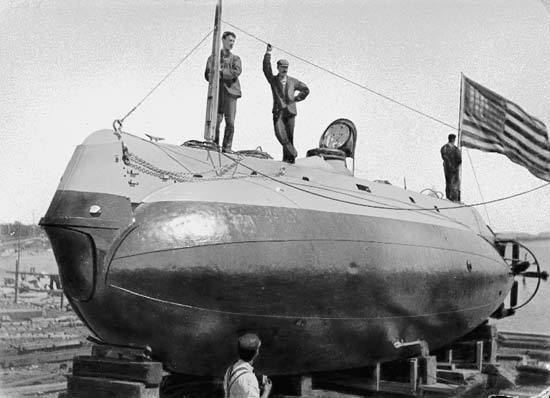 | ||
Similar People Isaac Rice, J Christopher Reyes, Lester Crown | ||
John philip holland father of the submarine
John Philip Holland (Irish: Seán Pilib Ó hUallacháin/Ó Maolchalann) (24 February 1841 – 12 August 1914) was an Irish engineer who developed the first submarine to be formally commissioned by the U.S. Navy, and the first Royal Navy submarine, Holland 1.
Contents
- John philip holland father of the submarine
- John philip holland by suttler
- Early life
- Development of submarine designs
- Death
- Memorial
- Submarines designed by John P Holland
- Patents
- References
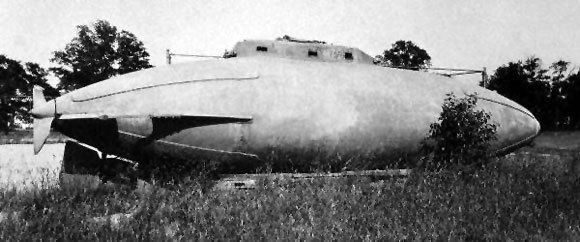
John philip holland by suttler
Early life

Holland, the second of four siblings, all boys, was born in a coastguard cottage in Liscannor, County Clare, Ireland where his father, John, Sr., was a member of the British Coastguard Service. His mother, a native Irish speaker from Liscannor, Máire Ní Scannláin (aka Mary Scanlon), was John Holland's second wife, his first, Anne Foley Holland, believed to be a native of Kilkee, died in 1835. The area was heavily Irish-speaking and Holland learned English properly only when he attended the local English-speaking St Macreehy's National School, and from 1858, in the Christian Brothers in Ennistymon.
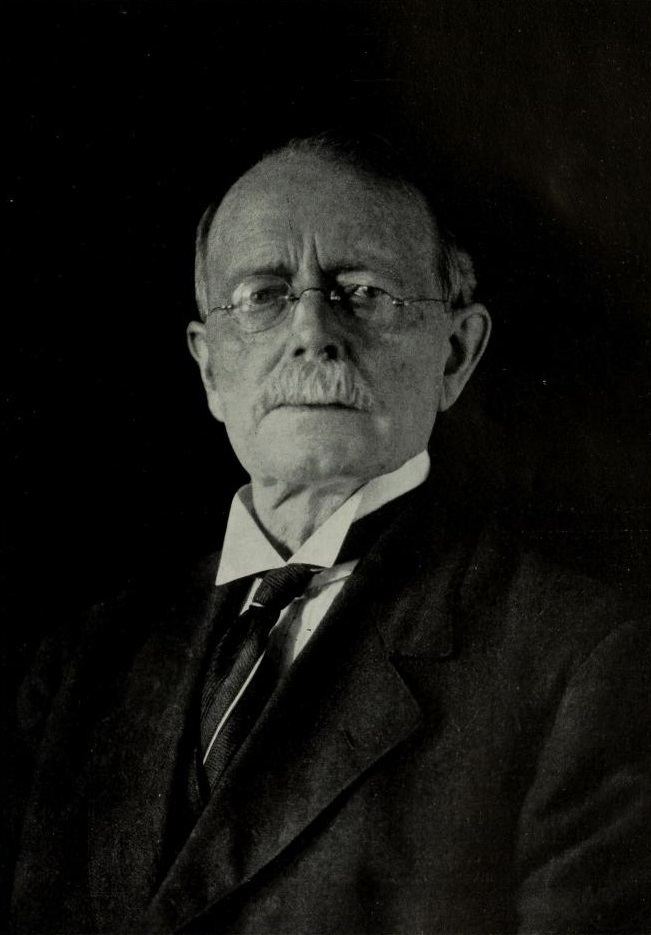
Holland joined the Irish Christian Brothers in Limerick and taught in Limerick (CBS Sexton Street) and many other centres in the country including North Monastery CBS in Cork City, St. Mary's CBS, Portlaoise, St Joseph's CBS (Drogheda) and as the first Mathematics teacher in Colaiste Ris (also Dundalk). Due to ill health, he left the Christian Brothers in 1873. Holland emigrated to the United States in 1873. Initially working for an engineering firm, he returned to teaching again for a further six years in St. John's Catholic school in Paterson, New Jersey.
Development of submarine designs
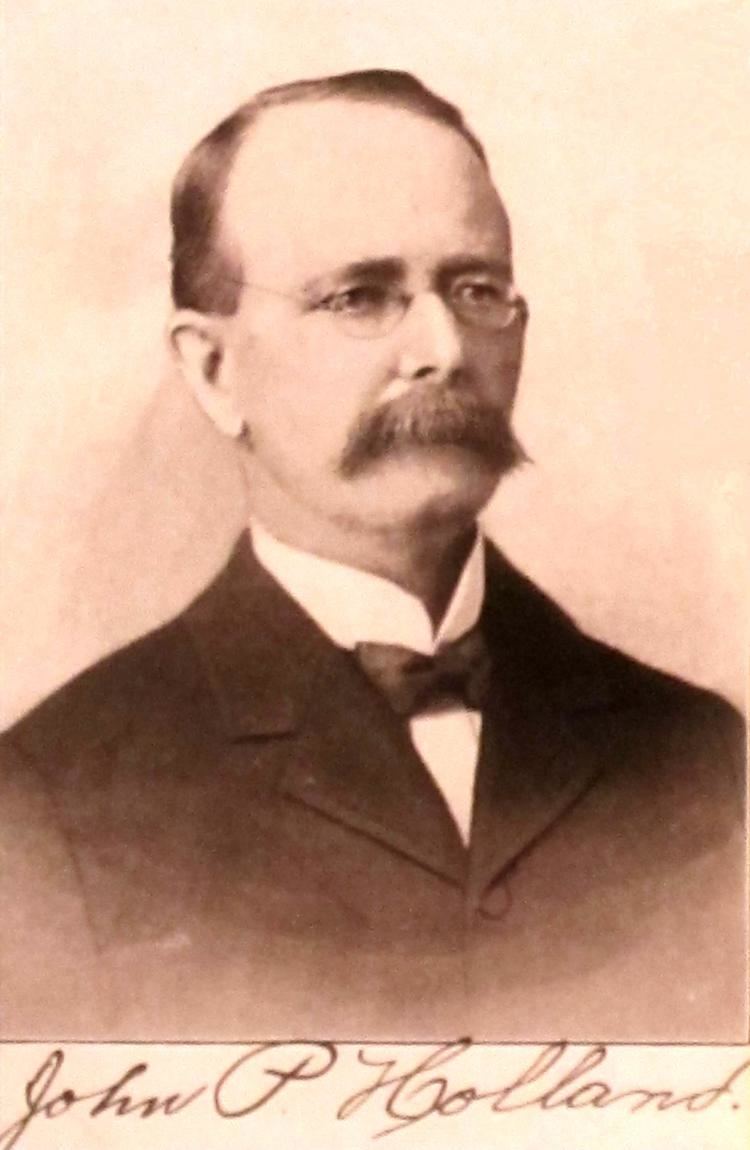
While a teacher in Cork, Holland read an account of the battle between the ironclads Monitor and Merrimack during the American Civil War. He realized that the best way to attack such ships would be through an attack beneath the waterline. He drew a design, but when he attempted to obtain funding, he was turned away. After his arrival in the United States, Holland slipped and fell on an icy Boston street and broke a leg. While recuperating from the injury in a hospital, he used his time to refine his submarine designs and was encouraged by Isaac Whelan, a priest.

In 1875, his first submarine designs were submitted for consideration by the U.S. Navy, but turned down as unworkable. The Fenians, however, continued to fund Holland's research and development expenses at a level that allowed him to resign from his teaching post. In 1881, Fenian Ram was launched, but soon after, Holland and the Fenians parted company on bad terms over the issue of payment within the Fenian organization, and between the Fenians and Holland. The submarine is now preserved at Paterson Museum, New Jersey.
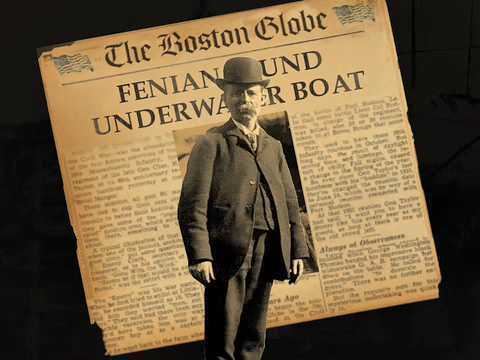
Holland continued to improve his designs and worked on several experimental boats, prior to his successful efforts with a privately built type, launched on 17 May 1897. This was the first submarine having power to run submerged for any considerable distance, and the first to combine electric motors for submerged travel and gasoline engines for use on the surface. She was purchased by the U.S. Navy, on 11 April 1900, after rigorous tests and was commissioned on 12 October 1900 as USS Holland. Six more of her type were ordered and built at the Crescent Shipyard in Elizabeth, New Jersey. The company that emerged from under these developments was called The Electric Boat Company, founded on 7 February 1899. Isaac Leopold Rice became the company's first President with Elihu B. Frost acting as vice president and chief financial officer. This company eventually evolved into the major defense contractor General Dynamics.
The USS Holland design was also adopted by others, including the Royal Navy in developing the Holland-class submarine. The Imperial Japanese Navy employed a modified version of the basic design for their first five submarines, although these submarines were at least 10 feet longer at about 63 feet. These submarines were also developed at the Fore River Ship and Engine Company in Quincy, Massachusetts. Holland also designed the Holland II and Holland III prototypes. The Royal Navy 'Holland 1' is on display at the Submarine Museum, Gosport, England.
Death
After spending 56 of his 73 years working with submersibles, John Philip Holland died on 12 August 1914 in Newark, New Jersey. He is interred at the Holy Sepulchre Cemetery in Totowa, New Jersey.
Memorial
A monument stands at the gates of Scholars Townhouse, Drogheda (the former building of the Christian Brothers school where Holland taught) in commemoration of his work. It was unveiled in a ceremony on 14 June 2014 as part of the Irish Maritime Festival. The ceremony was attended by Drogheda Town Council as well as representatives of the US, British and Japanese governments.
